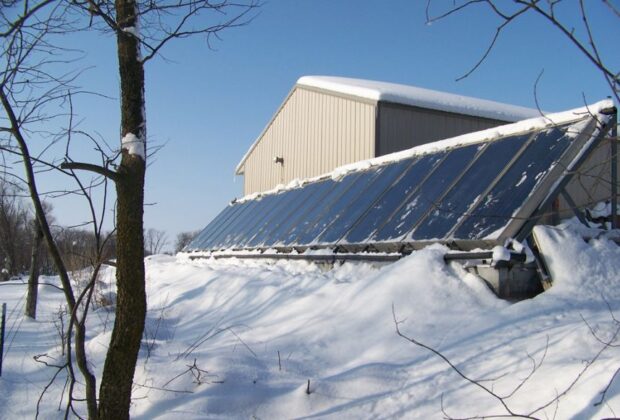Harnessing the Sun’s Power in the Harshest Environments
As the world increasingly turns towards renewable energy, solar power stands out as a beacon of sustainable progress. However, harnessing solar energy in extreme climates poses unique challenges. These environments, whether scorching deserts or frigid polar regions, push the limits of solar technology and human ingenuity.
The Challenges
- High Temperatures
In arid and desert regions, soaring temperatures can reduce the efficiency of solar panels. The heat can lead to overheating, affecting the electrical components and potentially shortening the lifespan of the panels.
- Cold Climates
Conversely, in polar and high-altitude areas, extreme cold can impact solar panel performance. Low temperatures can affect the electrical properties of the panels, and heavy snowfall can block sunlight from reaching them.
- Dust and Humidity
Dust in desert areas can accumulate on solar panels, significantly reducing their efficiency. In humid climates, moisture can lead to corrosion and damage to the panel components.
Innovative Solutions
Addressing these challenges requires innovative solutions, tailored to each extreme climate.
- Cooling Systems
In hot climates, solar panels can be equipped with cooling systems. These systems can range from simple passive cooling designs to more complex active cooling technologies.
- Durable Materials
Using materials that can withstand extreme temperatures and environmental conditions is crucial. Innovations in panel materials and coatings can significantly improve durability and efficiency.
- Automated Cleaning
To combat dust accumulation, automated cleaning systems can be installed. These systems can effectively remove dust and debris, ensuring optimal panel efficiency.
Integrating Solar Home Batteries
One of the key elements in managing solar power in extreme climates is the integration of a solar home battery. These batteries provide numerous benefits:
- Energy Storage: They store excess energy generated during peak sunlight hours, which can be used during periods of low solar generation.
- Stability: They help stabilise the power supply, which is particularly important in extreme climates where solar power generation can be highly variable.
- Efficiency: By storing energy, these batteries ensure that the power generated by solar panels is not wasted, enhancing the overall efficiency of the solar power system.
The Road Ahead
As technology advances, the ability to harness solar power in extreme climates will continue to improve. These advancements not only benefit those living in these harsh environments but also contribute to the global effort in combatting climate change by expanding the viability of renewable energy sources.
Solar power in extreme climates is not just a challenge; it’s an opportunity – an opportunity to innovate, to adapt, and to show that renewable energy can thrive even in the most demanding conditions. With continued research and development, the future of solar energy in these regions looks bright, literally and figuratively.








